Johann Gutenberg invented movable type printing, a discovery that marked a crucial step in the transition from the Middle Ages to the Modern Age. Gutenberg was an artisan, goldsmith, inventor, typographer and businessman. His exact date of birth is unknown, but is thought to be between 1390 and 1400. Born in Mainz, Germany, Gutenberg moved to Strasbourg around 1430 to escape violence between factions in his hometown, with patrician families on one side, and the emerging small merchants and artisan class on the other. In Strasbourg he worked as a goldsmith, specializing in coins and metalworking. He returned to Mainz in 1447, where he established a company and perfected a movable type printing technique. Until then, books had been reproduced by hand, word for word, by professional amanuenses, who turned manuscripts into precious and rare objects. Previous experiments with printing, on the other hand, had been based on a wooden matrix upon which an entire page was impressed. The material was fragile and resulted in poor quality prints, and the process was expensive and time consuming.
Thanks to his experience in metalworking, Gutenberg had a better idea. He decided to use a lead and metal-based alloy to forge single characters that could be used repeatedly. Using his new technique, Gutenberg started printing indulgences, calendars and dictionaries. In 1455 he published his 42-line bible, which owes its name to the fact that the text is arranged in two 42-line columns. They were printed this way because Gutenberg wanted to make his books as similar as possible to existing texts, and in fact the first volumes were finished by hand. [For graphics: show some handwritten texts and those by JG with an identical layout.] Gutenberg's bible is the Western world's most ancient printed book. The birth of the modern book made culture accessible to many more people than before. In 1468 Gutenberg died in Mainz without having become rich from his invention. But his new printing method would soon spur an economic boom: it is estimated that some 35,000 books were printed in the second half of the 1400s for a total of around 20 million copies – many more than all the amanuenses put together had produced over the entire history of humankind. There is no doubt that Gutenberg’s invention of movable type printing marked the advent of modern man.
Thanks to his experience in metalworking, Gutenberg had a better idea. He decided to use a lead and metal-based alloy to forge single characters that could be used repeatedly. Using his new technique, Gutenberg started printing indulgences, calendars and dictionaries. In 1455 he published his 42-line bible, which owes its name to the fact that the text is arranged in two 42-line columns. They were printed this way because Gutenberg wanted to make his books as similar as possible to existing texts, and in fact the first volumes were finished by hand. [For graphics: show some handwritten texts and those by JG with an identical layout.] Gutenberg's bible is the Western world's most ancient printed book. The birth of the modern book made culture accessible to many more people than before. In 1468 Gutenberg died in Mainz without having become rich from his invention. But his new printing method would soon spur an economic boom: it is estimated that some 35,000 books were printed in the second half of the 1400s for a total of around 20 million copies – many more than all the amanuenses put together had produced over the entire history of humankind. There is no doubt that Gutenberg’s invention of movable type printing marked the advent of modern man.
RELATED
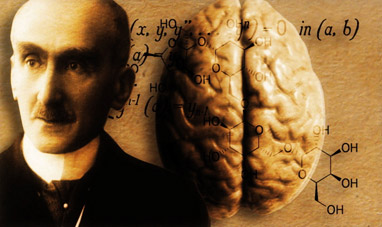

HENRI BERGSON
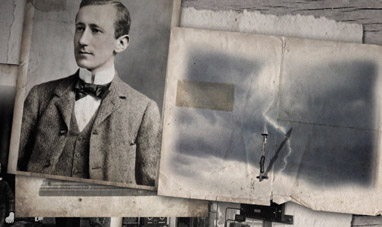

GUGLIELMO MARCONI


MOTHER TERESA OF CALCUTTA
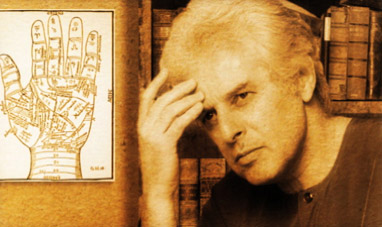

ALEJANDRO JODOROWSKY
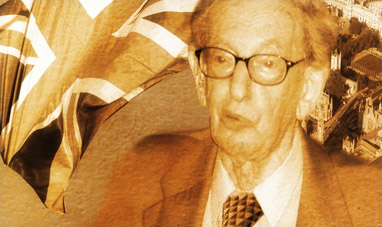

ERIC HOBSBAWM


JOHN MAYNARD KEYNES
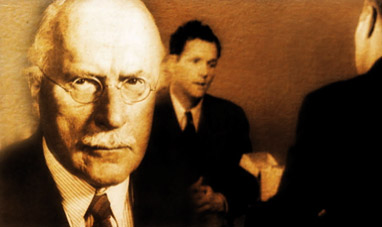

CARL GUSTAV JUNG
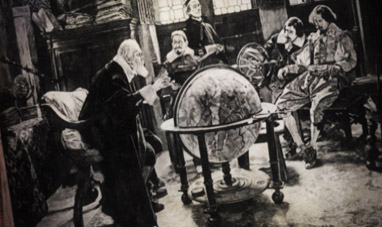

GALILEO GALILEI
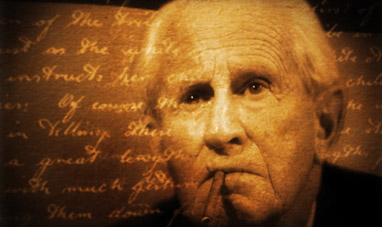

HERBERT MARCUSE
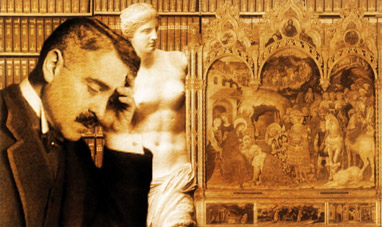

ABY WARBURG
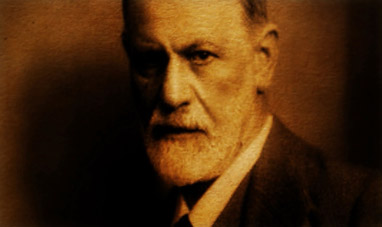

SIGMUND FREUD
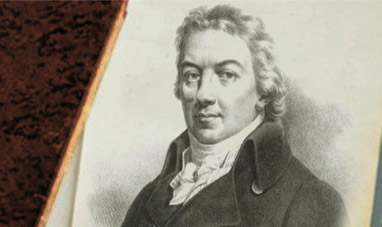

EDWARD JENNER
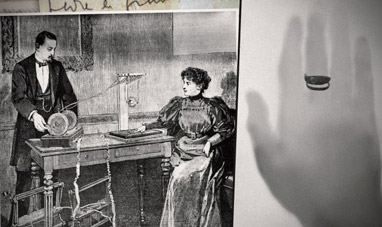

WILHELM RÖNTGEN


ERICH FROMM


THE GREAT FLOOD
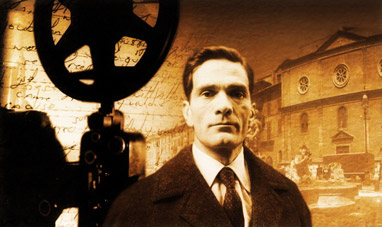

PIER PAOLO PASOLINI
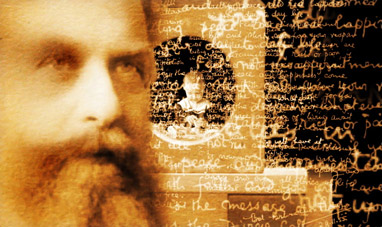

EDMUND GUSTAV ALBRECHT HUSSERL
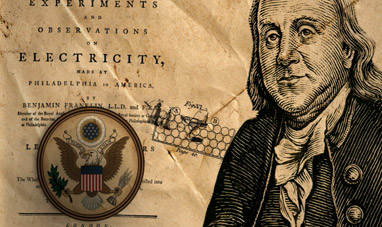

BENJAMIN FRANKLIN


EDMUND HALLEY


GALEN
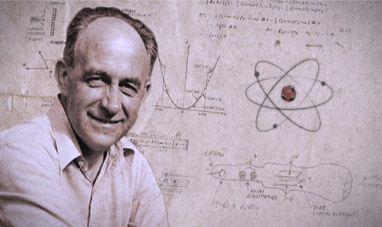

ENRICO FERMI


JOHANNES KEPLER
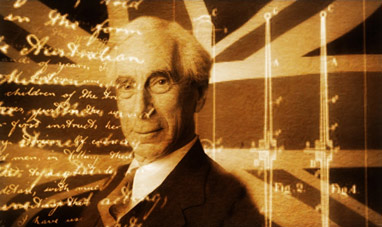

BERTRAND RUSSEL
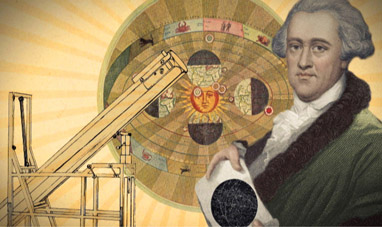

WILHELM HERSCHEL
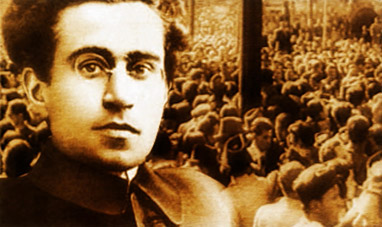

ANTONIO GRAMSCI
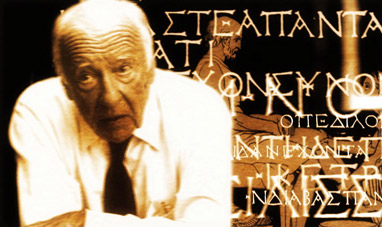

HANS GEORG GADAMER
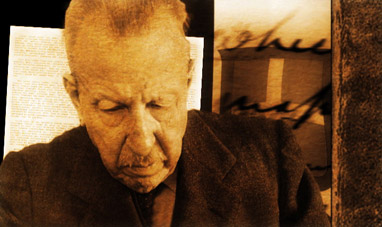

BENEDETTO CROCE
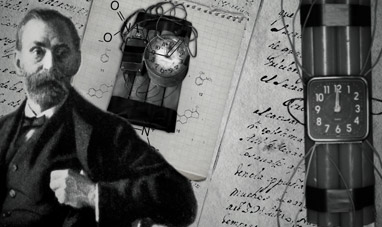

ALFRED NOBEL


THE MONTGOLFIER BROTHERS
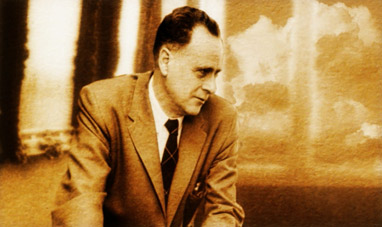

MARSHALL MCLUHAN
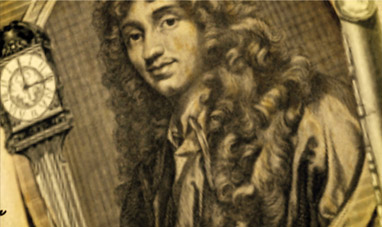

CHRISTIAAN HUYGENS
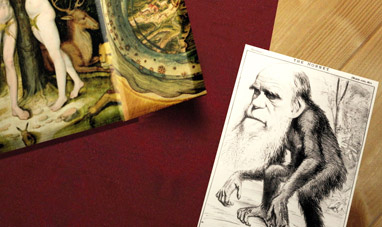

CHARLES DARWIN
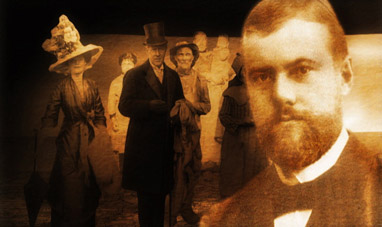

MAX WEBER
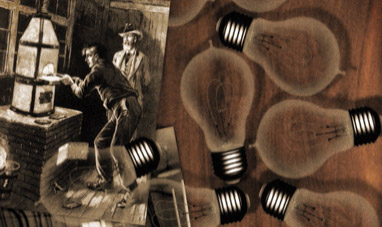

THOMAS ALVA EDISON
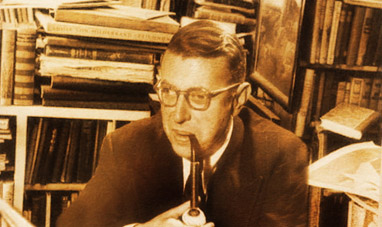

JEAN PAUL SARTRE
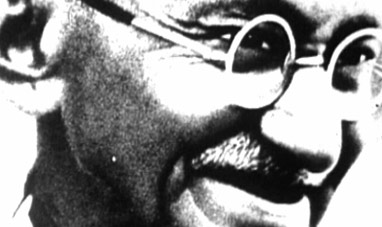

GANDHI
